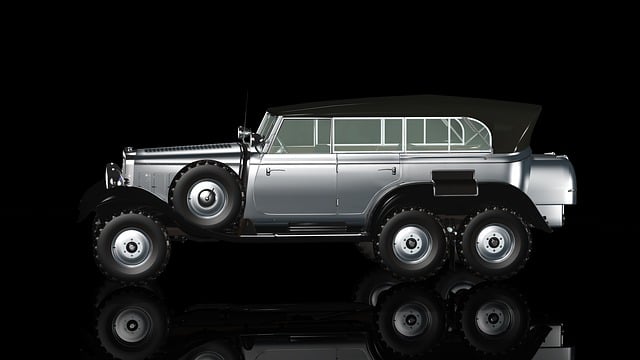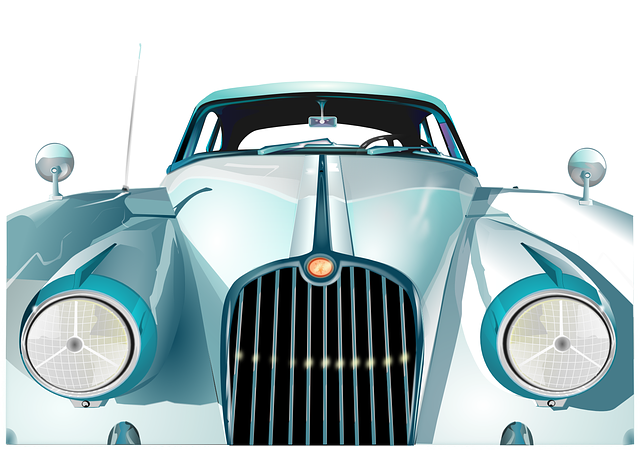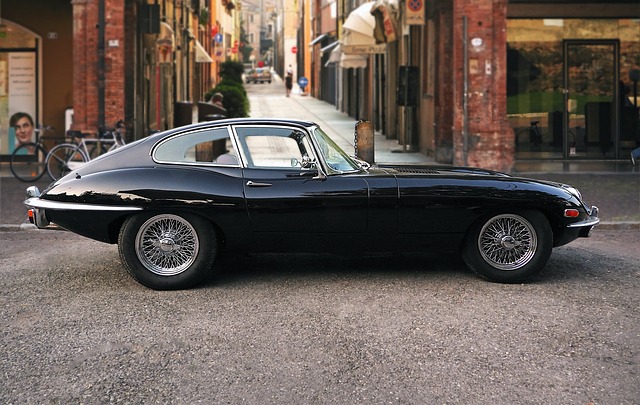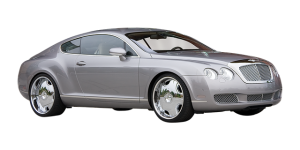Karachi’s Green Revolution: Consumer Shift Towards Hybrid Powertrains
Karachi, Pakistan's bustling metropolis, is witnessing a dramatic shift in consumer preferences…….

Karachi, Pakistan's bustling metropolis, is witnessing a dramatic shift in consumer preferences towards eco-friendly hybrid powertrains due to increasing environmental awareness and government incentives. This trend is reshaping the automotive landscape, with advanced battery technology and innovative engine design delivering improved fuel efficiency and reduced emissions. Hybrid vehicles are gaining popularity for their performance, smoother driving experiences, and cost savings, catering to the city's dense traffic and short-distance trips. The growing demand is encouraging manufacturers to invest in hybrid technology, promising a greener future for Karachi with significant reductions in carbon emissions and traffic congestion.
In Karachi, a bustling metropolis renowned for its vibrant automotive landscape, a significant consumer shift towards hybrid powertrains is underway. Driven by a rising demand for eco-friendly transportation, Karachians are embracing hybrid vehicles as a sustainable alternative. This trend is propelled by technical advancements and a growing awareness of environmental impact. The market dynamics reveal a surge in hybrid popularity, promising to transform urban mobility and contribute to Karachi’s sustainability goals.
- The Rising Demand for Eco-Friendly Transportation in Karachi
- Understanding the Shift: Why Consumers are Embracing Hybrid Powertrains
- Technical Advancements Driving the Adoption of Hybrid Vehicles
- Market Dynamics: The Growing Popularity of Hybrids in Karachi's Automotive Landscape
- Future Prospects: The Impact on Sustainability and Urban Mobility in Karachi
The Rising Demand for Eco-Friendly Transportation in Karachi

In Karachi, the demand for eco-friendly transportation has been steadily rising as the city grapples with increasing environmental concerns and congestion. The metropolitan area’s dense population and rapid urbanization have led to a growing need for sustainable mobility solutions. Consumers in Karachi are increasingly opting for hybrid powertrains as a response to the environmental impact of traditional vehicles and the city’s notorious traffic jams. This shift is not just a trend but a necessary step towards reducing carbon emissions and improving air quality, which are major issues in the bustling metropolis.
The appeal of hybrid vehicles lies in their fuel efficiency and lower emissions. With various government initiatives promoting green technologies and incentives for purchasing eco-friendly cars, Karachiites are embracing this change. The city’s diverse range of hybrid options caters to different budgets and preferences, making sustainable transportation more accessible than ever. This trend is reshaping the automotive landscape in Karachi, pushing manufacturers to invest in and develop more advanced hybrid powertrains to meet the growing demand for eco-conscious vehicles.
Understanding the Shift: Why Consumers are Embracing Hybrid Powertrains

In recent years, Karachi, like many cities worldwide, has witnessed a notable shift in consumer preferences towards hybrid powertrains. This change is driven by a growing awareness of environmental concerns and the need for more sustainable transportation options. With rising fuel costs and stringent emission norms, consumers are increasingly seeking vehicles that offer improved fuel efficiency and reduced carbon footprint. Hybrid powertrains, which combine a conventional internal combustion engine with an electric motor, address these concerns effectively.
The embrace of hybrid vehicles can also be attributed to the evolving urban landscape and changing lifestyles in Karachi. Commuters now require vehicles capable of navigating dense traffic and short-distance trips efficiently. Hybrids provide this through enhanced performance, smoother driving experiences, and better control over energy consumption. Moreover, government incentives, such as tax breaks and subsidies for hybrid vehicles, have further accelerated the transition, making these powertrains more affordable and attractive to Karachi’s diverse consumer base.
Technical Advancements Driving the Adoption of Hybrid Vehicles

The global automotive industry is experiencing a significant shift towards hybrid powertrains, and Karachi, as one of the largest metropolitan areas in Pakistan, is not immune to this trend. Technical advancements have played a pivotal role in making hybrid vehicles more appealing to consumers. The development of sophisticated battery technology has improved the efficiency and performance of electric motors, enabling smoother transitions between electric and internal combustion engine modes.
Additionally, innovations in engine design have led to smaller, lighter, and more fuel-efficient internal combustion engines, which work in tandem with electric motors to reduce overall emissions. These technological breakthroughs have contributed to the creation of hybrid vehicles that offer better fuel economy, lower environmental impact, and enhanced driving experiences—all factors that are becoming increasingly important for consumers in Karachi and beyond.
Market Dynamics: The Growing Popularity of Hybrids in Karachi's Automotive Landscape

In the vibrant automotive landscape of Karachi, a noticeable shift is taking place as consumers increasingly opt for hybrid powertrains. This trend reflects a growing awareness among Karachi’s folks about environmental sustainability and efficient fuel consumption. The once niche market for hybrids is now booming, driven by a combination of government incentives and heightened consumer demand. Local dealerships report a surge in inquiries and sales of hybrid vehicles, ranging from compact cars to SUVs, indicating a diverse range of preferences.
This shift is not merely a passing fad but a significant market dynamic. The appeal of hybrids lies not only in their eco-friendly credentials but also in the long-term cost savings they offer. With Karachi’s bustling streets and traffic congestion, drivers are seeking vehicles that provide smooth performance while minimizing fuel expenses. Hybrid powertrains, with their advanced technology, meet these criteria, making them a practical choice for urban commuters. As the city continues to evolve, the growing popularity of hybrids signals a sustainable future for Karachi’s automotive industry.
Future Prospects: The Impact on Sustainability and Urban Mobility in Karachi

The shift towards hybrid powertrains is a significant step towards sustainability and offers promising prospects for Karachi’s urban mobility landscape. As one of Pakistan’s most populous cities, Karachi faces unique challenges in terms of air quality and traffic congestion. Hybrid vehicles have the potential to mitigate these issues by reducing carbon emissions and offering improved fuel efficiency. With advancements in technology, hybrid powertrains are becoming increasingly accessible and affordable, encouraging more consumers to make the switch.
In the coming years, widespread adoption of hybrid vehicles could lead to a significant reduction in Karachi’s carbon footprint. The city’s diverse public transportation system, including buses and taxis, has the opportunity to embrace hybrid technology, providing a greener alternative for daily commuters. Moreover, as urban planning continues to evolve, designing eco-friendly infrastructure to support hybrid mobility can enhance Karachi’s sustainability goals, setting a positive example for other metropolises in the region.
The growing consumer interest in hybrid powertrains in Karachi is a compelling trend, driven by a collective desire for eco-friendly transportation solutions. Technical advancements have enabled automakers to deliver efficient and reliable hybrid vehicles, catering to the city’s diverse mobility needs. As the market dynamics shift, the popularity of hybrids in Karachi’s automotive landscape is set to expand, offering a sustainable path forward for urban mobility while reducing environmental impact.







